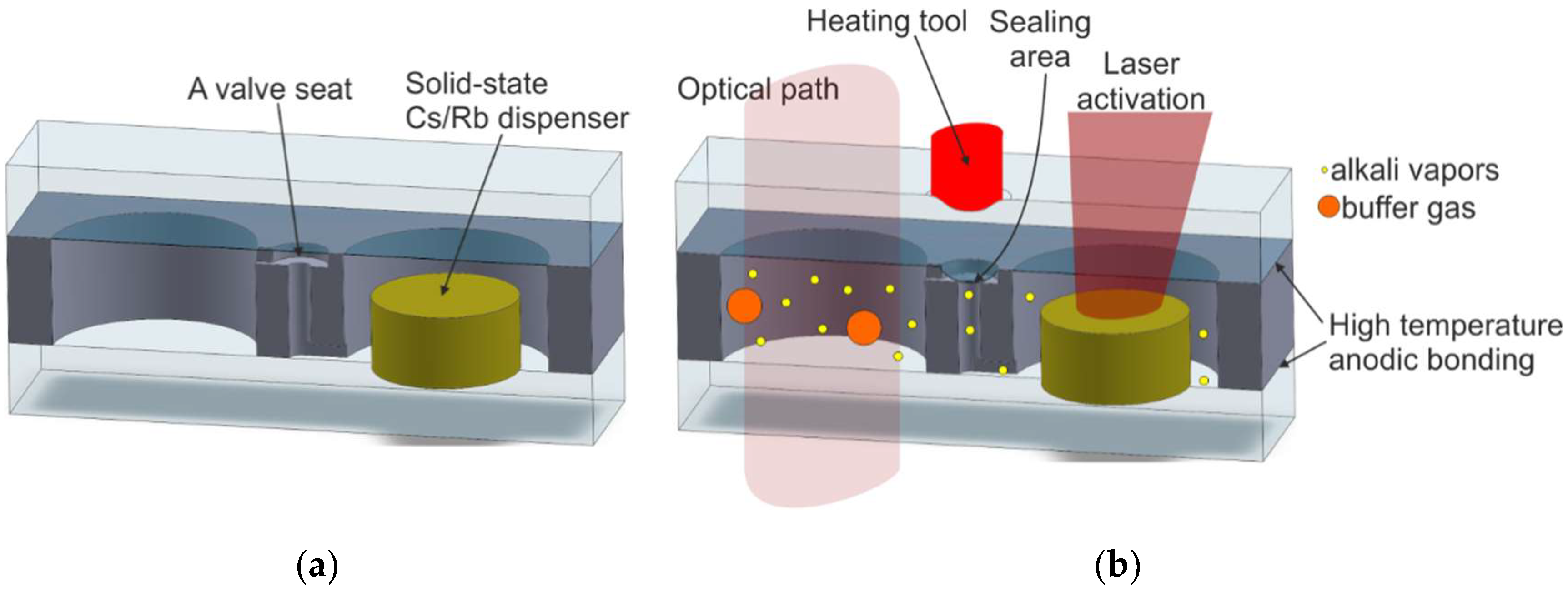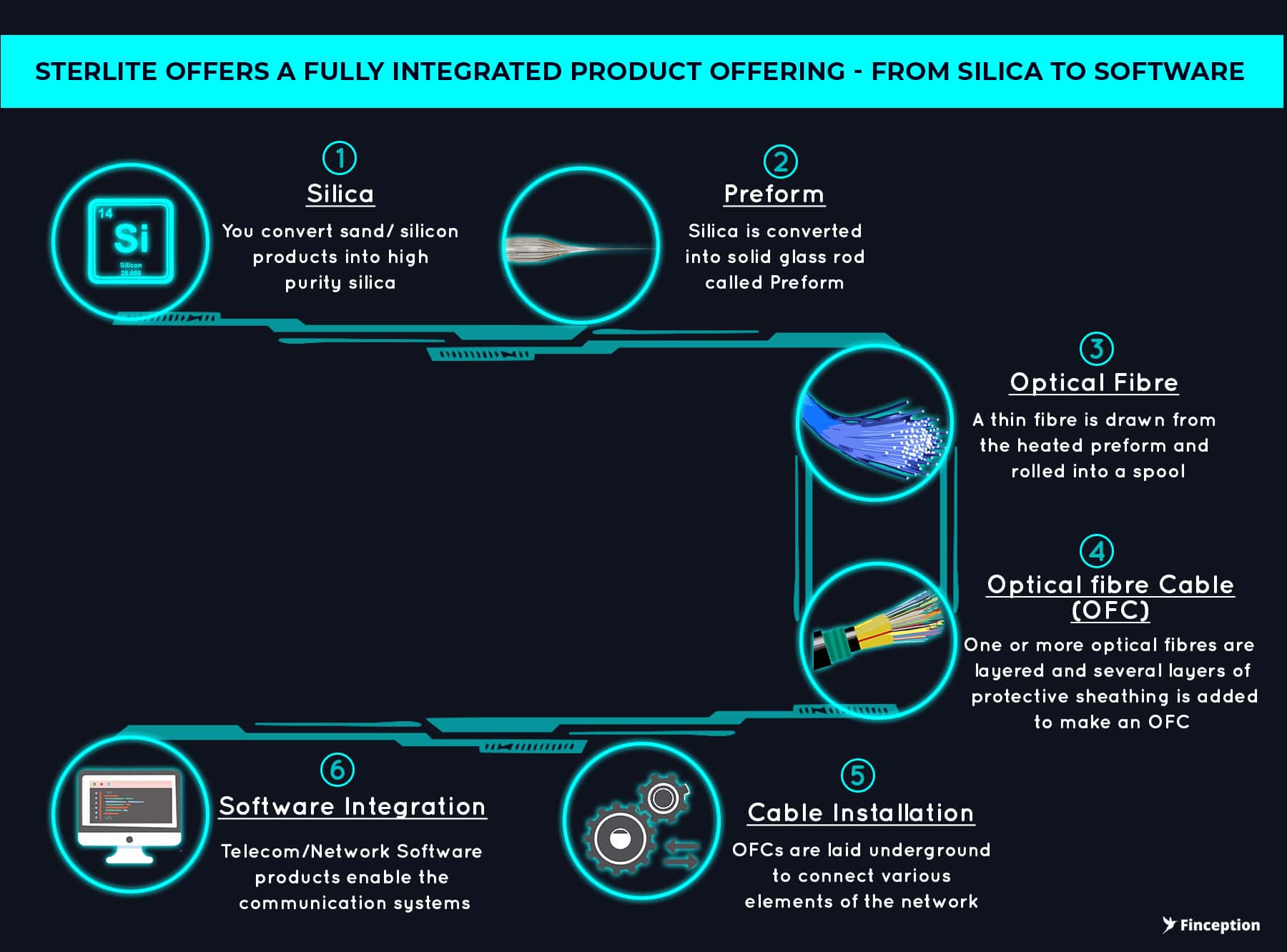
The primary focus of this paper is to investigate the laser cooling of Yb-doped silica glass. Therefore, potential applications, especially for RBFLs in the near-term and photonic-device cooling in the long-run, are strong motivations for the laser cooling of RE-doped silica glass beside the scientific curiosity. On the other hand, Yb-doped silica glass is the material of choice for fiber lasers and is commonly used as the substrate in silicon photonics 28, 29, 30, 31. RE-doped ZBLAN glass is another successful cooling-grade material, but its low mechanical and chemical stability limits its application for integrated photonics or RBFLs. RE-doped crystals like Yb:YLF have proven to be the best materials of choice for laser cooling because they have a small inhomogeneous broadening of the absorption lines and a high ion solubility that leads to a higher cooling efficiency 3, 5. Another important application is for radiation-balanced fiber lasers (RBFLs), where the cooling from anti-Stokes fluorescence offsets the waste heat generation in the laser 22, 23, 24, 25, 26, 27. However, it was predicted that for adequate laser cooling, the glass host must be co-doped with modifiers such as Al to mitigate the quenching-induced non-radiative decay for sufficiently high concentrations of Yb ions in silica glass 20, 21.Īdvancements in solid-state laser cooling may eventually lead to all-optical compact and vibration-free cryocoolers that can reduce the thermal noise in semiconductor-based single-photon detectors or quantum information processing circuits 5. The background absorption of 5–15 dB km −1 is commonly achieved in high-purity Yb-doped silica glass used in fiber lasers and amplifiers 17 and is small enough not to be an obstacle to laser cooling. This was examined recently in a spectroscopic study of the Yb-doped silica glass and by looking into the potential decay channels of the Yb excited-state population it was concluded that there is no a priori reason to reject the possibility of laser cooling for the high-purity Yb-doped silica glass 16. The perennial failure in the laser cooling of RE-doped silica glass made one wonder whether it would ever be possible for the Yb-doped silica glass to have a sufficiently small non-radiative decay rate of the Yb excited-state population to achieve a near-unity internal quantum efficiency.

Here, we report laser cooling of Yb-doped silica glass. However, attempts to cool silica glass, which is arguably the most versatile optical material, have been unsuccessful 16, 17 until very recently 18, 19. Several RE-doped glasses have been successfully cooled 9, 10, 11, 12, 13, 14, 15 since the first experimental report by Epstein et al. 7), but the validity of their results has been questioned recently 8. The only reported laser cooling of semiconductors is that of a CdS nanobelt in 2013 (ref. Laser cooling of RE-doped crystals has been the most successful so far 3, 4, 5 the record cooling to 91 K of a 10 mol% Yb-doped YLiF 4 (Yb:YLF) crystal was reported at the University of New Mexico in 2016 (ref. Multiple experiments have since confirmed solid-state laser cooling they have focused on two broad classes of solids: rare-earth-doped (RE-doped) crystals and glasses, and semiconductors.

2 reported the first experimental confirmation of solid-state laser cooling in Yb-doped ZBLANP (ZrF 4–BaF 2–LaF 3–AlF 3–NaF–PbF 2) in 1995. Pringsheim 1 first proposed anti-Stokes fluorescence cooling in 1929 and Epstein et al. In solid-state laser cooling, anti-Stokes fluorescence removes heat from the material, resulting in net refrigeration.


 0 kommentar(er)
0 kommentar(er)
